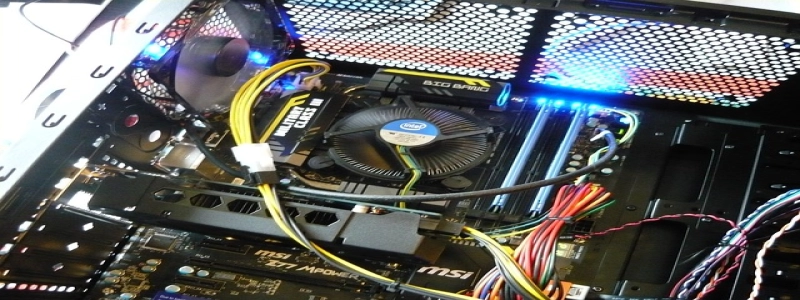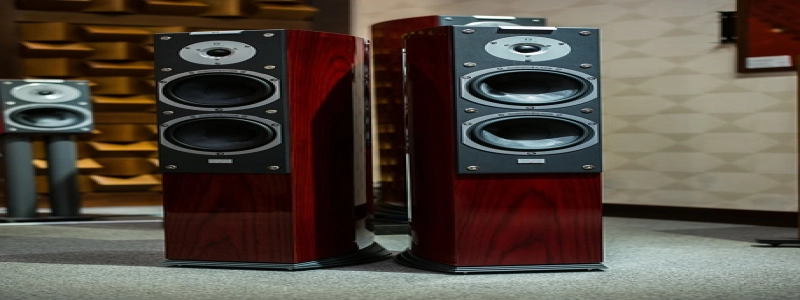Single Pair Ethernet vs Ethernet
Introduction:
Ethernet has been widely used for decades as the standard for local area networking (LAN). However, with the increasing demand for connecting devices in industrial environments, single pair Ethernet has emerged as a promising alternative. In this article, we will compare single pair Ethernet with traditional Ethernet and discuss their differences in terms of technical characteristics, performance, and application scenarios.
1. Technical Characteristics:
Ethernet:
– Traditionally, Ethernet uses four pairs of twisted copper cables to transmit data, allowing for higher bandwidth and transmission speeds.
– It operates on a full-duplex mode, meaning data can be transmitted and received simultaneously.
– Ethernet supports power over Ethernet (PoE), enabling devices to receive power through the same cable used for data transmission.
– It provides higher reliability and lower susceptibility to electromagnetic interference (EMI).
Single Pair Ethernet:
– Single pair Ethernet, as the name suggests, only uses a single pair of twisted copper cables for data transmission.
– It operates on a half-duplex mode, meaning data can be transmitted or received at different times.
– Single pair Ethernet supports power over data line (PoDL), allowing power and data transmission over the same cable.
– It requires advanced modulation techniques to achieve higher transmission rates and longer distances.
2. Performance:
Ethernet:
– Traditional Ethernet offers higher bandwidth and transmission rates, making it suitable for applications that require large data transfers, such as video streaming, file sharing, and cloud computing.
– It provides lower latency and better performance for real-time applications, such as online gaming and video conferencing.
– Ethernet cables can support longer distances before signal degradation occurs, making it applicable for extended network infrastructures.
Single Pair Ethernet:
– Single pair Ethernet is designed for applications that prioritize power efficiency and cost-effectiveness over high bandwidth requirements.
– It offers lower transmission rates compared to traditional Ethernet, making it suitable for applications with moderate data transfer needs, such as industrial automation, IoT devices, and sensor networks.
– Single pair Ethernet has a shorter maximum transmission distance compared to Ethernet, typically up to 40 meters.
3. Application Scenarios:
Ethernet:
– Ethernet is commonly used in homes, offices, data centers, and enterprise networks where high bandwidth and reliable connectivity are essential.
– It is suitable for applications that require heavy data transmission and real-time communication, such as multimedia streaming, cloud computing, and online gaming.
Single Pair Ethernet:
– Single pair Ethernet is primarily used in industrial sectors, including manufacturing, process control, and automation, where power efficiency, smaller cabling, and compatibility are crucial.
– It is ideal for connecting sensors, actuators, and field devices in industrial environments, enabling efficient networking and control system integration.
Conclusion:
In summary, both Ethernet and single pair Ethernet have their unique strengths and applications. Traditional Ethernet offers higher bandwidth, longer transmission distances, and better performance for data-intensive and real-time applications. On the other hand, single pair Ethernet provides a cost-effective and power-efficient solution for industrial settings that prioritize compatibility and smaller cabling. Understanding the differences between these two technologies will help professionals choose the most suitable networking solution for their specific requirements.








